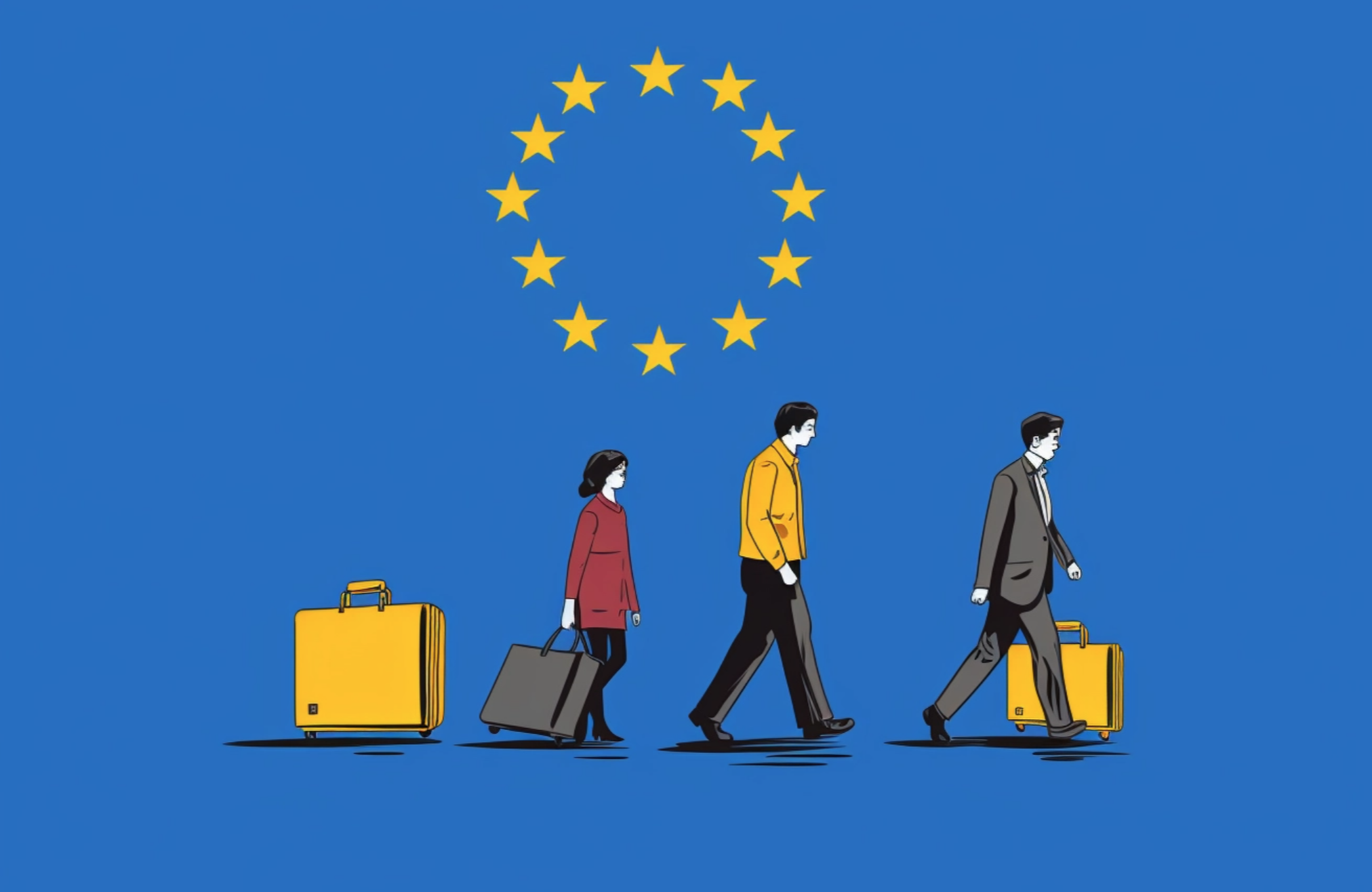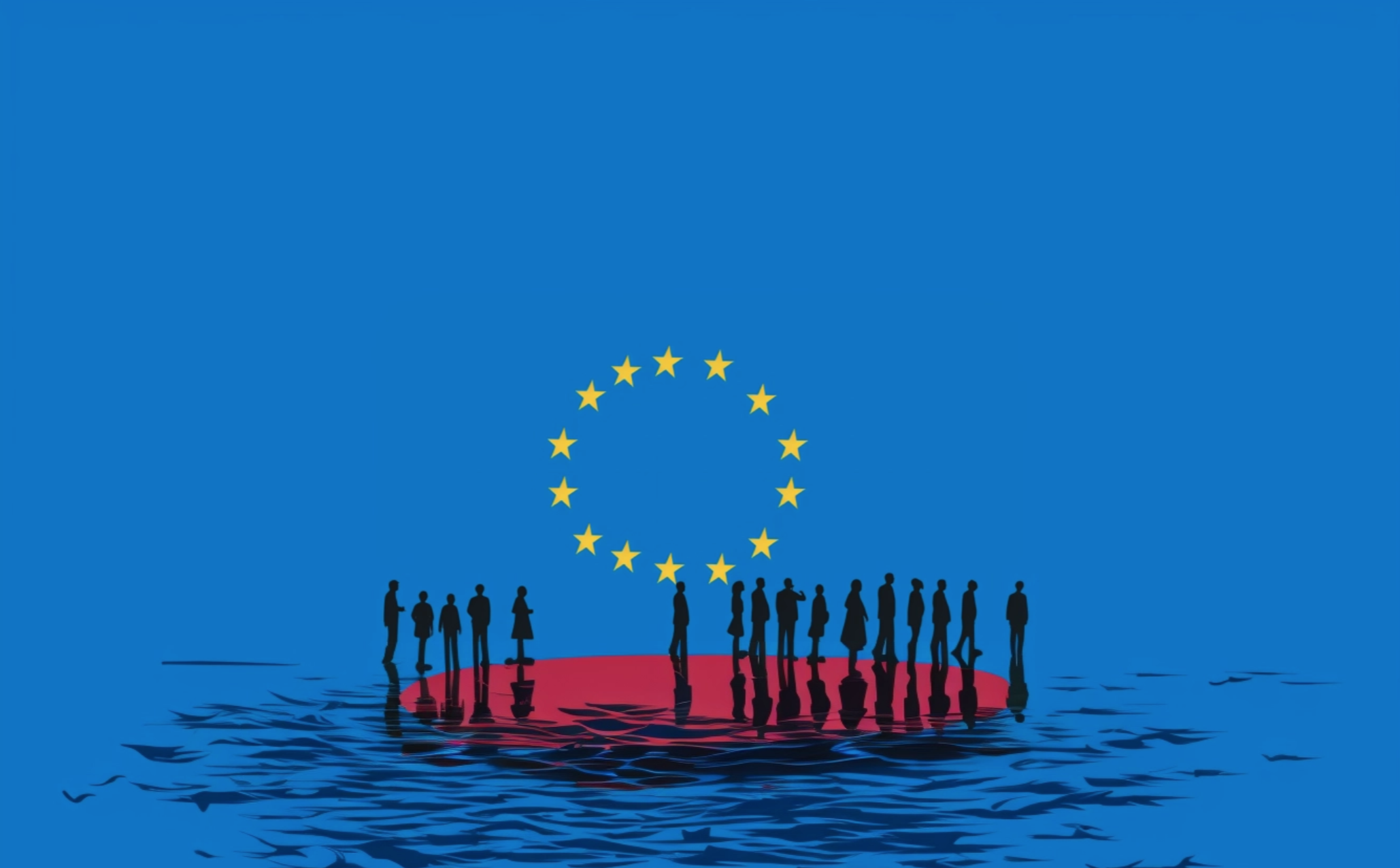New Pact on Migration and Asylum, Historical Agreement or Broken Deal?
On December 200,2023, The European Parliament and the Council agreed on five key proposals of the New Pact on Migration and Asylum proposed by the EU Commission in September 2020 and aimed at creating a uniform system of regulations and policies around migration and asylum for the EU. The main aim of the new pact was to replace the Dublin system which relied heavily on first-country-of-entry criteria creating a burden for frontline member states.

A negotiation journey that was years in the making has ultimately seen the light at the end of the tunnel with a political agreement reached on December 20, 2023. The European Parliament and the Council agreed on five key proposals of the New Pact on Migration and Asylum proposed by the EU Commission in September 2020 and aimed at creating a uniform system of regulations and policies around migration and asylum for the EU.
The institutions involved in the negotiations have lauded the co-legislation effort as a historic success for Europe.
The attempt to modify the ineffective Dublin Regulation had seen a political deadlock for the last decade, and not even with the 2015 refugee crisis we had managed to overcome the stalemate and provide a truly European response to asylum and migration.
The lack of a comprehensive approach saw member states independently trying to find ad hoc solutions, dealing with migration as a constant emergency, often reinforcing the populist backlash.
When the Von der Leyen Commission took office at the end of 2019 it made the migration and asylum reform one of its key priorities.
The proposed plan tried to address the failures of the past and the apparent contradictions such as a Schengen zone with free circulation administered at the EU level and asylum and migration procedures stills the sovereign remit of national authorities.
Since then it took five rotating presidencies of the EU Council and the support from three political groups holding the majority in the EU Parliament to come to this agreement.
In the words of the EU Commission, the framework reached will be one of its legacy issues together with Next Generation EU, COVID-19 vaccines, and support for Ukraine.
What does truly change?
The technical aspects of the five proposals are still under discussion, with adoption in Spring 2024 and implementation likely requiring two years. Based on the documents unveiled so far, the agreement touches upon several stages of asylum and migration management intending to create a connected whole.
According to the EU Commission, a system grounded in EU law is introduced, financed by EU resources and creating a single circuit: from screening irregular migrants when they arrive in the EU, taking biometric data, and developing a common database, to rules determining which member state is responsible for an asylum application and how to handle crises.
A mandatory solidarity mechanism is set to replace mandatory relocation which has proven ineffective until now. The metaphor used by the EU Commission Vice President Margaritis Schinas when unveiling the agreement is the one of a house.
External borders represent the ground floor with mandatory screening of all arrivals and those unlikely to get asylum being channelled to and through fast-tracked border procedures.
Then comes the solidarity floor which should provide a quicker and more robust support to member states in need but which still allows flexibility as regards the choice of the contribution.
Finally, the roof, in this unfinished architecture, is represented by migration diplomacy with neighbours and third countries.

The agreed measures continue to foresee the obligation for asylum seekers to apply in the member states of first entry, thus making the system still dependent on their administrative capacity
Reform of EU Asylum and Migration System: 5 Key Regulations
Asylum procedure regulation (APR) |
|
Asylum and migration management regulation
|
|
Screening of irregular migrants |
|
Eurodac: building a biometric migration database
|
|
Support to member states facing a situation of migratory crisis |
|
Source: European Council
Historic agreement or broken deal?
The elements so far raise a number of concerns while introducing only few improvements. The main aim of the new pact was to replace the Dublin system which relied heavily on first-country-of-entry criteria creating a burden for frontline member states.
The agreed measures continue to foresee the obligation for asylum seekers to apply in the member states of first entry, thus making the system still completely dependent on their administrative capacity and on the externalization of protection to “safe” third countries.
In the absence of a revamped receptive capacity and a strengthening of processing capabilities it is hard to see how these seamless procedures will treat new arrivals into the EU differently and effectively reduce the current backlog of asylum applications.
There is a concrete risk to perpetrate staying and waiting in limbo situations for thousands of migrants. While building a biometric migration database is a welcome development, the proposal to use it beyond security purposes should be properly pursued. Supporting resettlement and integration schemes is the basis for providing legal and safe pathways to protection in the EU.
Finally, the activation of the Solidarity Pool which should supersede mandatory relocation is still linked to situations of crisis and force majeure and deviation from certain rules concerning the asylum and return procedure.
This misses completely the goal to stop treating migration as an emergency, thus failing to truly move from migration management to migration governance.
Migration is a complex multidimensional phenomenon, but also continuing to frame it merely as a challenge and neglecting the opportunities for European economies and societies will prove short-sighted.
While the search for security is justified for receiving countries, it should not come at the expense of migrants’ safety and protection.
When delving into the plan’s feasibility in the next months, it would be desirable to address proper fair sharing and continue the work on areas such as integration and inclusion, thus rendering a truly connected whole.

The Problem with the Dublin Regulation. Read Pietro Galeone's commentary on the most contested EU migration piece of legislation
IEP@BU does not express opinions of its own. The opinions expressed in this publication are those of the authors. Any errors or omissions are the responsibility of the authors.
